Categories
- Shop All (5939)
-
-
- Hi-Vis Chainsaw Safety (14)
- Hi-Vis Coveralls and Overalls (29)
- Hi-Vis Hoodies and Shirts (45)
- Hi-Vis Jackets (40)
- Hi-Vis Pants (22)
- Hi-Vis Rain Wear (48)
- Hi-Vis Vests (54)
- Winter Hi-Vis Bombers and Parkas (26)
- Winter Hi-Vis Coveralls and Overalls (24)
- Winter Hi-Vis Hoodies (4)
- Winter Hi-Vis Pants (4)
- Winter Hi-Vis Vests (7)
-
- Bib Overalls (11)
- Bombers and Parkas (17)
- Coveralls and Overalls (17)
- Disposable Garments (11)
- Flannel and Plaid Work Shirts (23)
- Heated Work Wear (5)
- Hoodies and Sweaters (12)
- Industrial Rainwear (48)
- Pants and Shorts (70)
- Shirts and Sweaters (39)
- Thermal Underwear (44)
- Vests (18)
- Work Jackets (77)
-
-
-
-
- Brooms (0)
- Dust Mops (0)
- Dust Pans and Brushes (0)
- Flow Thru Tools (2)
- Microfiber Mops (0)
- Pool and Tank Tools (2)
- Scrubbers and Scrapers (1)
- Soap and Sanitizer Dispensers (0)
- Sprayers (3)
- Squeegees (1)
- Toilet Brushes and Plungers (1)
- Trash Cans & Bags (8)
- Wet Floor Signs (0)
- Wet Mops and Buckets (2)
-
- Bars and Prying Tools (22)
- Bolt Cutters and Shears (14)
- Chisels and Punches (12)
- Combination Hand Tool Sets (12)
- Extractors (12)
- Files (6)
- Gear Pullers (14)
- Hammers and Mallets (15)
- Hand Saws (21)
- Hex Keys (10)
- Layout and Distance Lasers (1)
- Marking Tools (1)
- Measuring Tools (24)
- Pliers (46)
- Precision Measuring and Testing Tools (24)
- Propane Torches (8)
- Screwdrivers and Nutdrivers (22)
- Sockets (60)
- Tap and Die Sets (4)
- Tool Boxes (27)
- Utility Knives (17)
- VDE Tools (7)
- Wire Cutters and Strippers (14)
- Wrenches (21)
-
- Beveling and Deburring (17)
- Curb and Valve Keys (19)
- Drilling and Tapping (8)
- Extended Impact Sockets (3)
- Flaring and Rerounding (7)
- General Pipe Working Tools (19)
- Guillotine Pipe Cutters (2)
- Hydrostatic Test Pumps (8)
- Internal Pipe Cutters (6)
- PE Peelers (8)
- Pipe Reamers (4)
- Pipe Threading (15)
- Pipe Wrenches (18)
- Plastic Pipe Joint Kits (2)
- Plastic Pipe Saws (5)
- Power Drive (6)
- Quick Release Cutters (15)
- Ratchet Shears (6)
- Ratcheting Wrenches (9)
- Rotary Cutters (3)
- Shut Off Tools (9)
- Soldering Torches (3)
- Vises (7)
-
- Angle Grinders (6)
- Batteries and Chargers (11)
- Bench Grinders (3)
- Circular Saws (2)
- Combo Tool Kits (10)
- Cordless Fans (6)
- Cordless Lighting (15)
- Cut Off Saws (4)
- Drills and Drivers (8)
- Grease Guns (3)
- Impact Drivers (5)
- Jobsite Radios and Speakers (9)
- Lifestyle (7)
- Mitre Saws (2)
- Reciprocating Saws (4)
-
- Angle Grinder Wheels and Brushes (24)
- Bench Grinder Wheels (7)
- Circular Saw Blades (11)
- Drill and Driver Bits (26)
- High Speed Gas Saw Blades (3)
- Holesaws (11)
- Impact Sockets (23)
- Jig Saw Blades (2)
- Oscillating Multi Tool Blades (1)
- Portable Chop Saw Blades (4)
- Power Tool Storage (5)
- Reciprocating Saw Blades (8)
-
-
-
-
- Air Fresheners (2)
- All Purpose Cleaners (19)
- Bowl and Washroom (8)
- Coffee and Breakroom (21)
- Degreasers (3)
- Dishwashing (4)
- Disinfectants and Sanitizers (1)
- Drain Openers (7)
- Hand Cleaners (15)
- Laundry Cleaners (10)
- Paper Products and Wiper Rags (24)
- Scale Removers (2)
- Urinal Pucks and Liquids (5)
- Wet Wipes (4)
-
-
- Ball Valves (13)
- Black and Galvanized Steel Fittings (16)
- Bronze Pipe Fittings and Nipples (16)
- Butterfly Valves (4)
- Check Valves (11)
- Flexible Connectors (2)
- Gate and Globe Valves (6)
- Knife Gate Valves (9)
- Pipe Fitting Accessories (6)
- Schedule 80 PVC Fittings (32)
- Stainless Steel Fittings and Valves (12)
- Victaulic Grooved Fittings (22)

Sump and Sewage Pumps
9 products
Showing 1 - 9 of 9 products
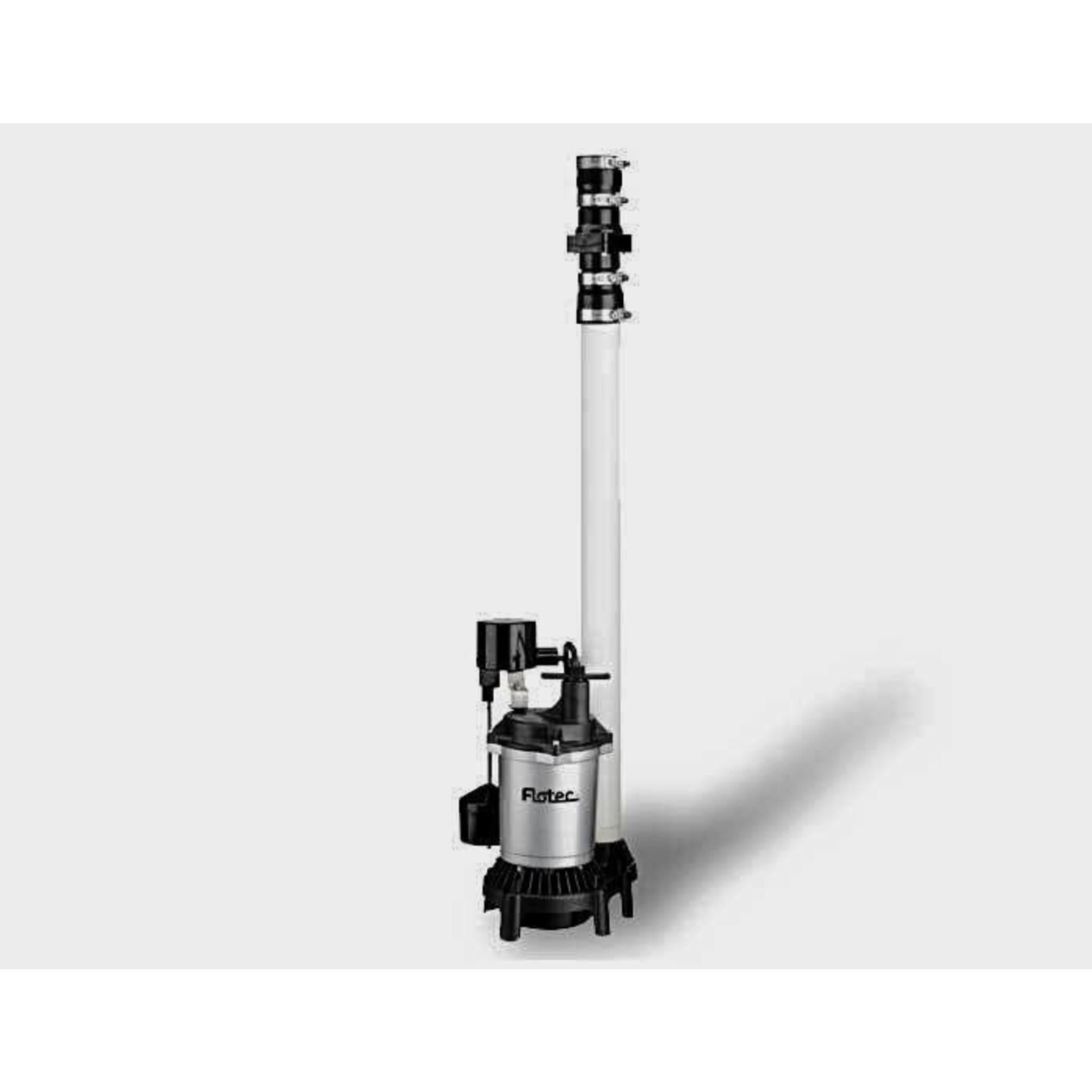
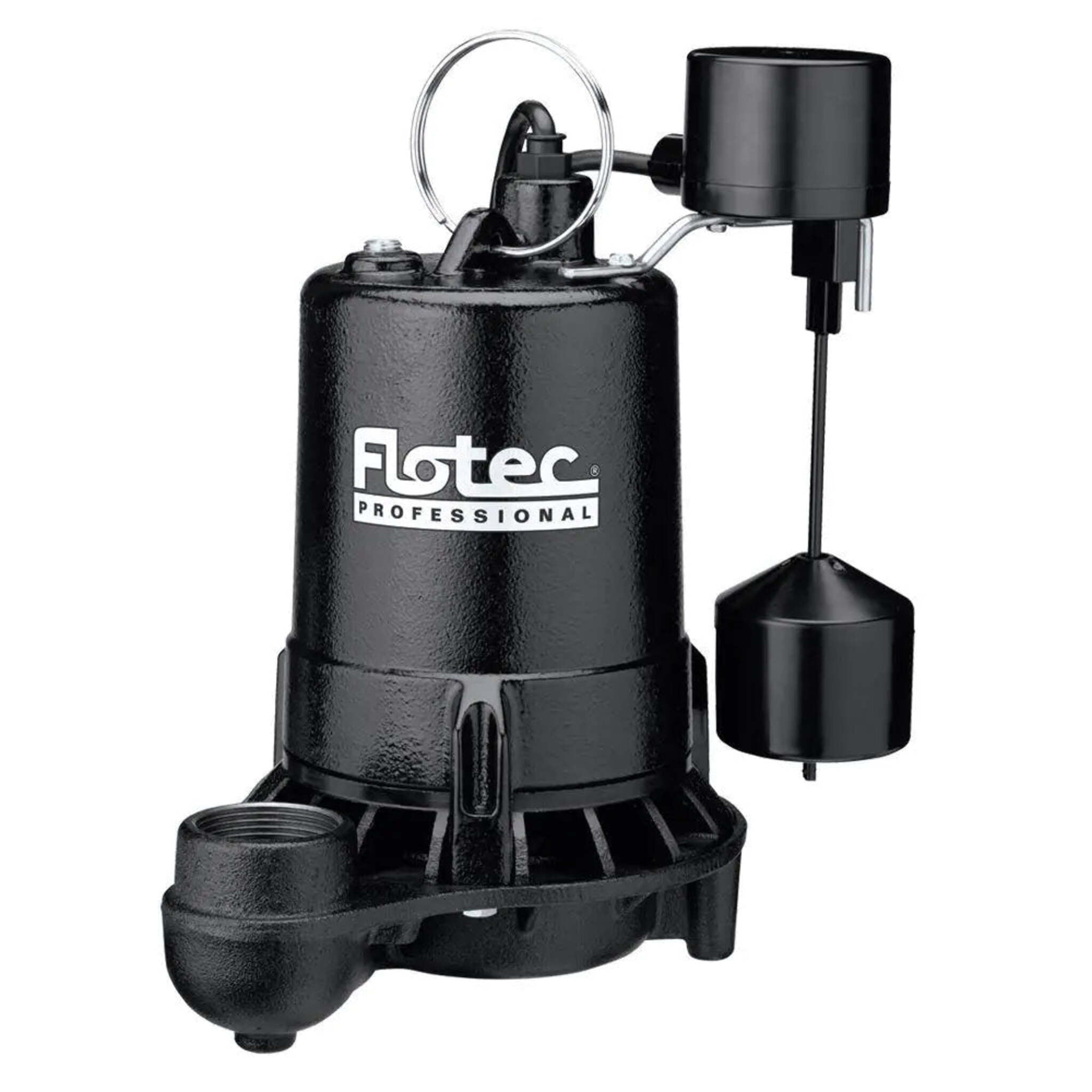
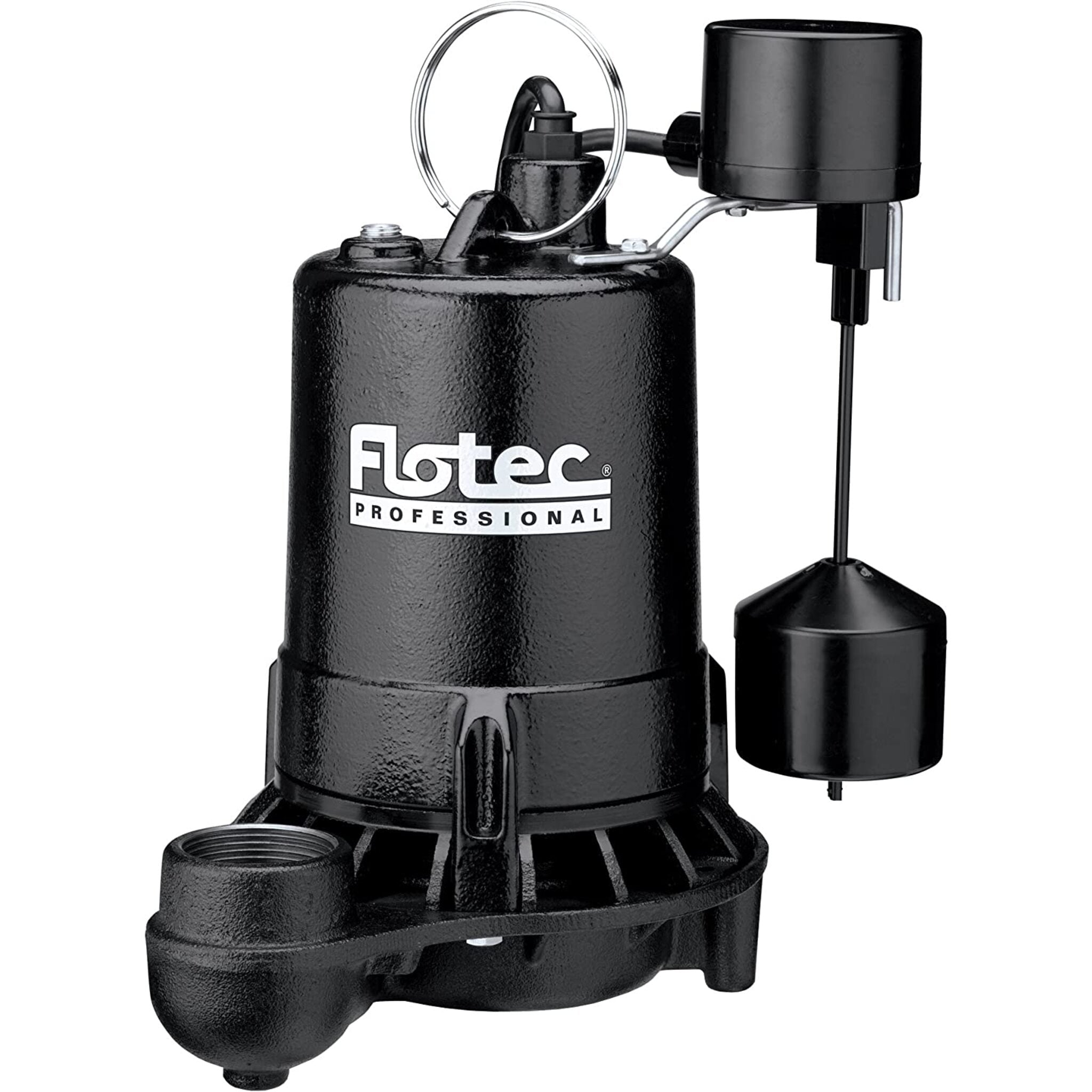
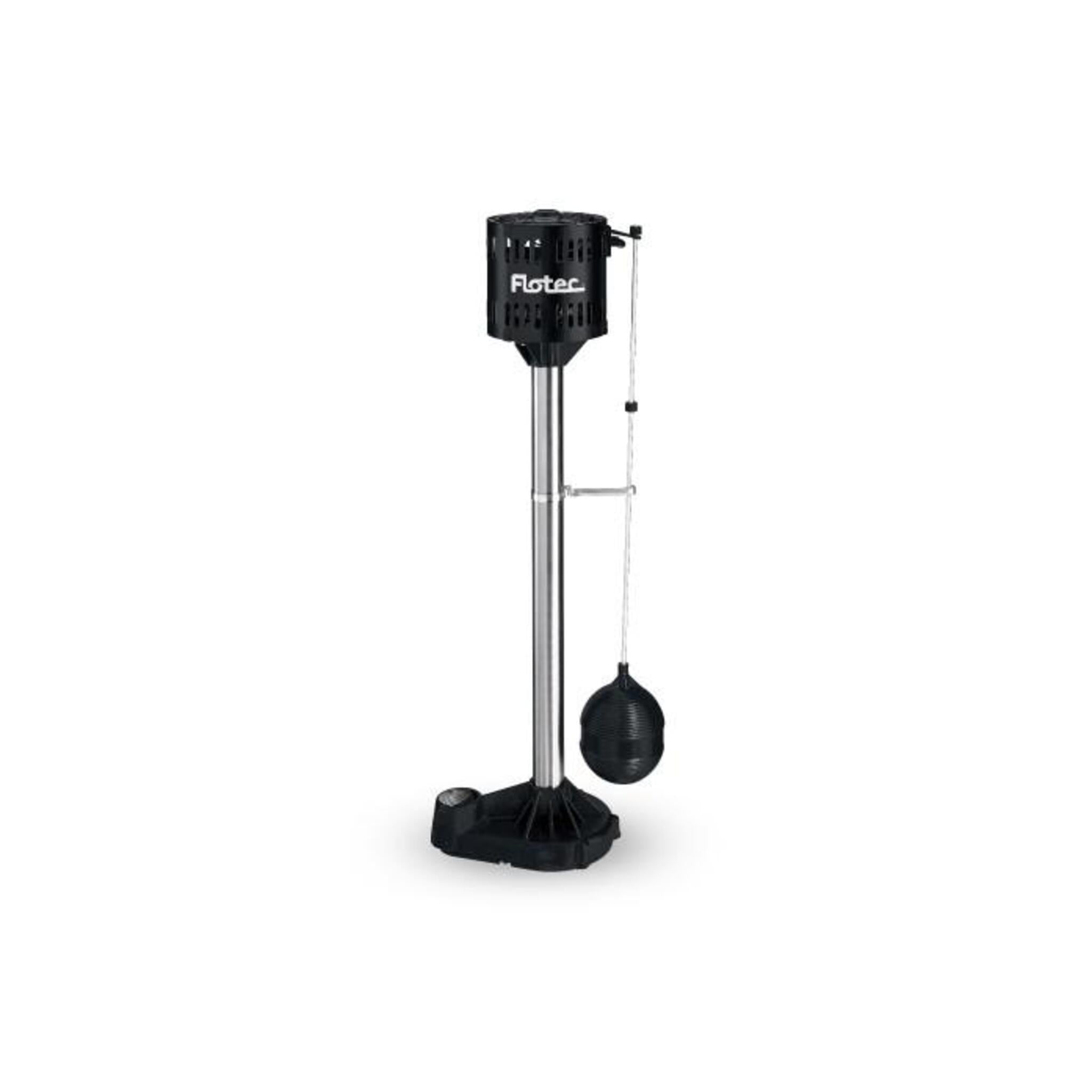
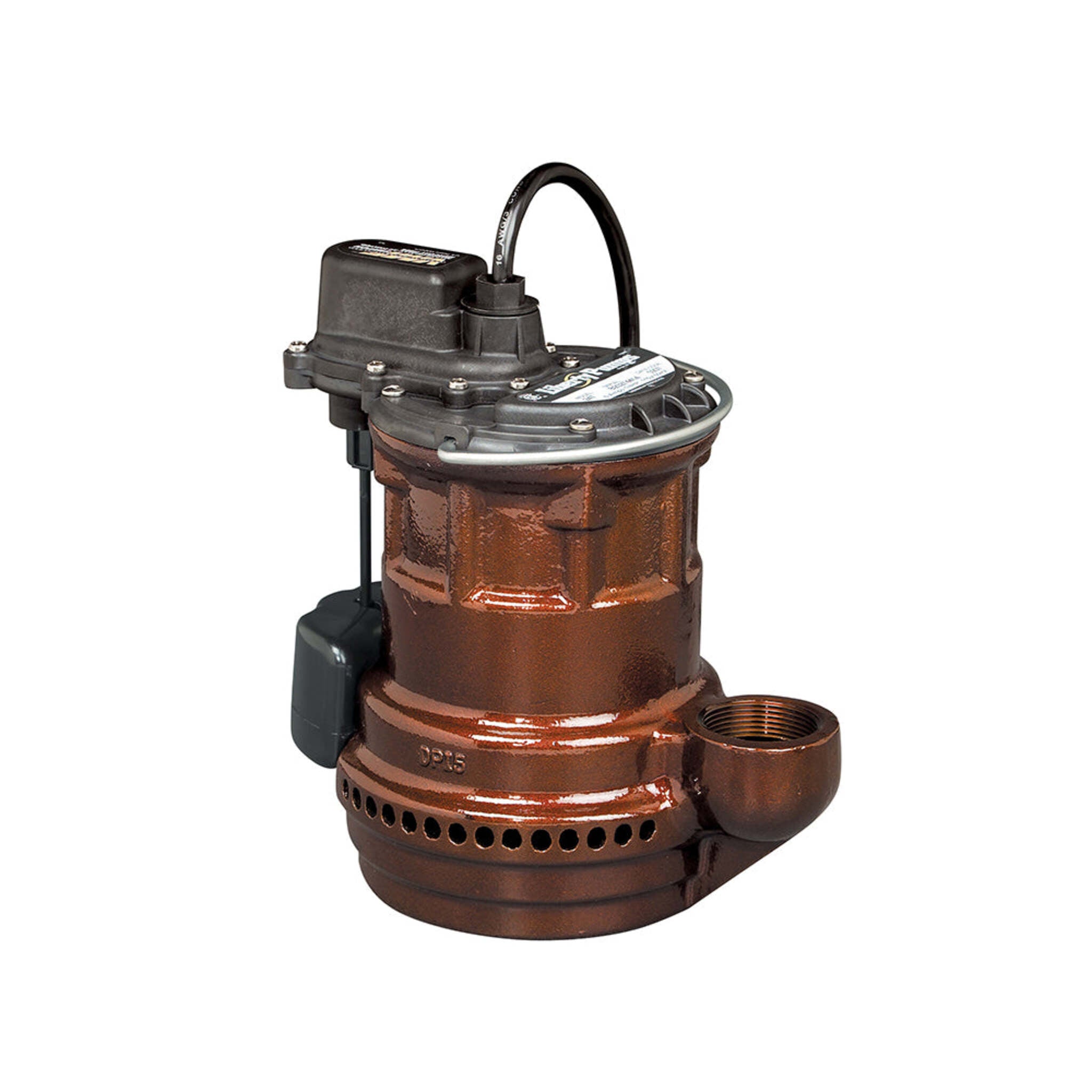
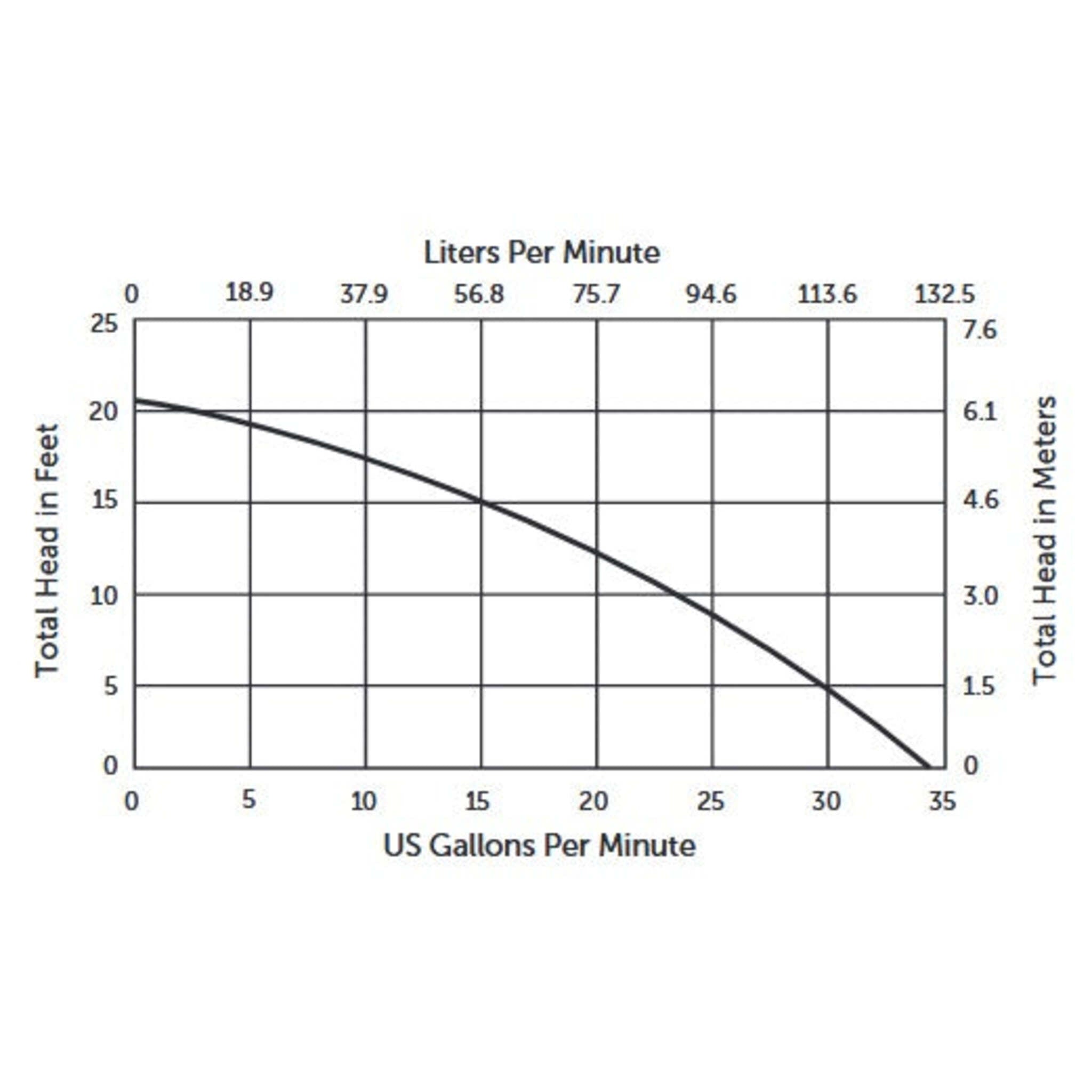

Sump and sewage pumps are essential components in water management systems, designed to handle different types of water and waste. While both pumps prevent water buildup and facilitate drainage, they serve distinct purposes. Understanding their functions, features, and differences can help in selecting the right pump for your needs.
Sump Pumps
Purpose and Function:
Sump pumps are primarily used to remove excess water that accumulates in a sump basin, usually located in basements or areas prone to flooding. They prevent water damage and flooding by efficiently pumping out groundwater or rainwater. These pumps operate using a float switch, which activates the pump when the water level rises and deactivates it when the water level drops.
Key Features:
Sump pumps are constructed with durable materials to withstand continuous exposure to water. They are commonly installed in residential and commercial buildings with basements or locations prone to water seepage. These pumps are designed to handle clear or gray water but are not built to process solid waste.
Sewage Pumps
Purpose and Function:
Sewage pumps are designed to transport raw sewage and wastewater from one location to another when gravity alone is insufficient. They are used to direct sewage to a municipal sewer system or a septic tank. These pumps are installed at the lowest point of a sewage basin and rely on an electric motor to create pressure, propelling sewage through an impeller and into a discharge pipe.
Key Features:
Unlike sump pumps, sewage pumps are capable of handling larger solid particles such as toilet paper and sanitary products. They are commonly used in residential and commercial buildings where wastewater needs to be efficiently pumped away.
Differences Between Sump and Sewage Pumps
Sump pumps and sewage pumps differ in several ways. Sump pumps are primarily used to prevent flooding by removing excess groundwater or rainwater, while sewage pumps are designed to transport raw sewage. Sump pumps handle clear or gray water, whereas sewage pumps can process wastewater containing solid particles. The discharge location for sump pumps is typically a drainage system or dry well outside the building, while sewage pumps direct waste to a sewer main or septic tank. Additionally, sump pumps are not designed to handle solid waste, making them unsuitable for sewage applications. Meanwhile, sewage pumps are built to process larger solids, making them more versatile in waste management.
Choosing the Right Pump
Selecting between a sump pump and a sewage pump depends on the type of water and solids that need to be managed. Sump pumps are ideal for handling clear water from basement flooding or groundwater accumulation, while sewage pumps are necessary for moving wastewater containing solid particles. Understanding the specific requirements of your drainage system will help ensure you choose the most effective pump for your needs.
Explore Our Popular Products Below:
-
Flotec FPSES2700A 3/4 HP Stainless Steel Sewage Ejector Pump
-
The Flotec FPSES2700A 3/4 HP Stainless Steel Sewage Ejector Pump is a durable, high-performance solution for sewage and effluent removal. Built with corrosion-resistant stainless steel, it handles 2" solids and operates clog-free with a vortex design. Its high-efficiency PSC motor reduces operating costs, while the tethered float switch allows automatic and manual operation. With a 6960 GPH max capacity, a 20-foot cord, and a 2" discharge with a 90° elbow, it ensures reliable, continuous duty.
-
Flotec FPSE3601A Cast Iron Sewage Ejector Pump with Tethered Float Switch
-
The Flotec FPSE3601A Cast Iron Sewage Ejector Pump with Tethered Float Switch is a durable and efficient solution for sewage and effluent pumping. Featuring a 1/2 HP motor and a vortex impeller, it delivers clog-free performance and handles 2" solids with ease. Built with rugged cast iron construction, it ensures long-lasting durability and is ideal for basements, below-grade toilets, construction sites, and more. With a pumping capacity of up to 9,000 GPH, a by-pass float switch for automatic or manual operation, this pump offers power, reliability, and convenience for demanding applications.
-
Hydromatic SKV40AW1 20-01 1/2 HP Cast Iron Sewage Ejector Pump with Vortex Impeller & Piggyback Float Switch
-
The Hydromatic SKV40AW1 20-01 1/2 HP Cast Iron Sewage Ejector Pump with Vortex Impeller & Piggyback Float Switch is a heavy-duty, reliable solution for residential and commercial sewage pumping. It efficiently handles 2" solids with its recessed vortex impeller, minimizing clogging while ensuring smooth operation. Key features include automatic thermal overload protection, a piggyback plug wide-angle float switch for easy maintenance, and a 4/10 HP motor with a 22-ft maximum head and 80 GPM capacity.
FAQs
1. How often should a sump pump be replaced?
A sump pump typically lasts 7 to 10 years, but its lifespan depends on usage, maintenance, and water table conditions. Regularly testing the pump and cleaning debris from the pit can extend its efficiency and prevent unexpected failures.
2. Why does my sump pump keep running even when there’s no rain?
If your sump pump runs constantly, it could be due to a stuck float switch, high groundwater levels, a clogged discharge pipe, or a malfunctioning check valve causing water to cycle back into the pit. Inspecting these components can help diagnose the issue.
3. Can a sewage pump be used as a sump pump?
While a sewage pump can technically move water like a sump pump, it is overpowered for the job and may wear out faster when dealing with clean water. Conversely, a sump pump cannot handle solids and will clog if used for sewage waste.
4. How do I know if my sewage pump is failing?
Warning signs of a failing sewage pump include slow drainage, bad odors, unusual noises, frequent clogging, or the pump not activating. Regular maintenance and checking for blockages can help prevent costly repairs or backups.
5. How do I prevent my sump pump from freezing in winter?
To prevent freezing, ensure the discharge line is sloped properly, use a larger diameter pipe to reduce ice buildup, insulate the pipe, and keep the sump pit clean to avoid blockages that can lead to freezing.
















